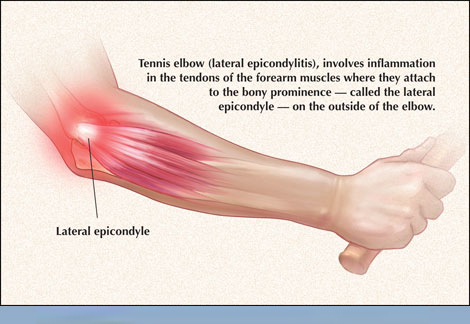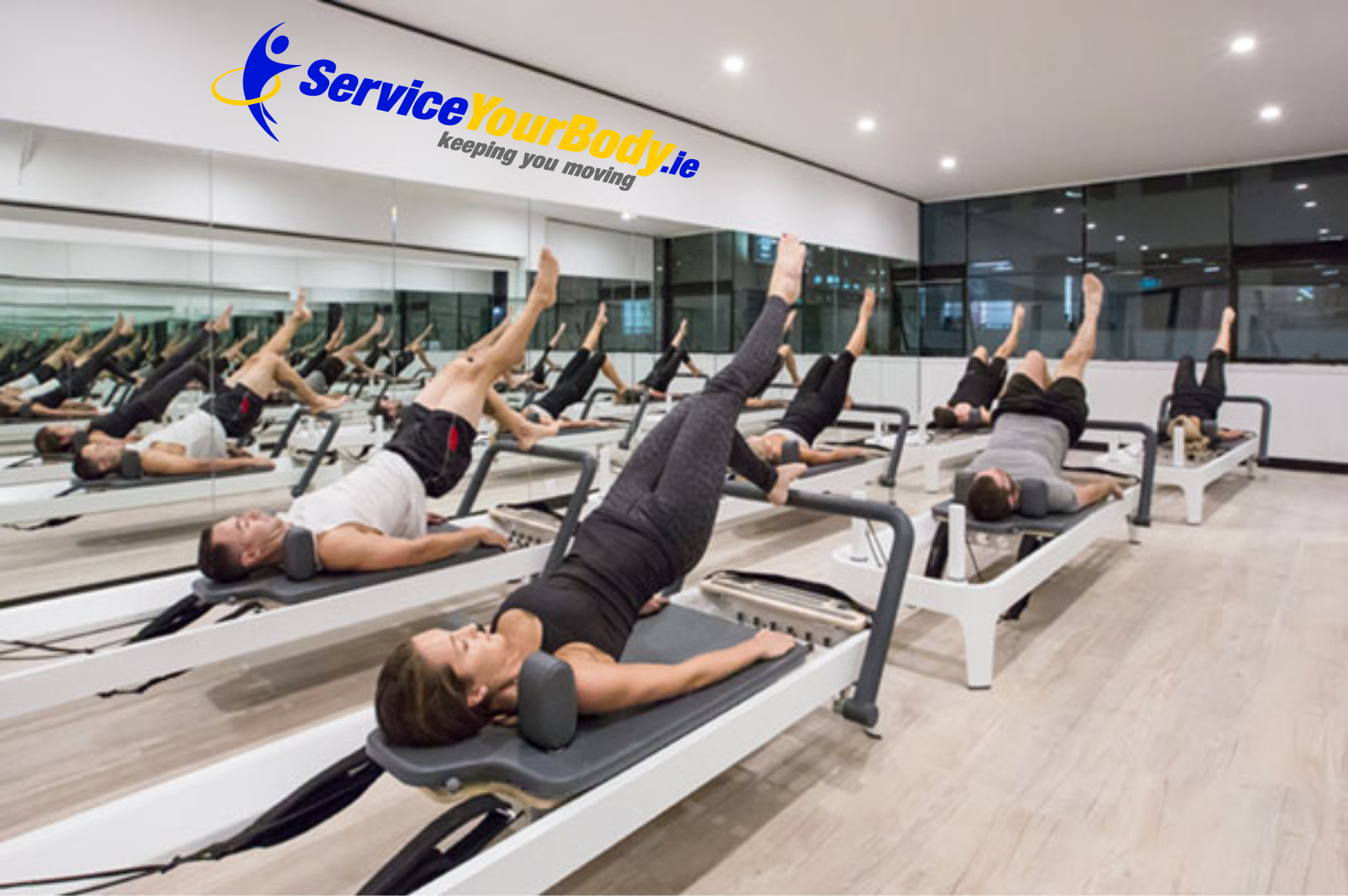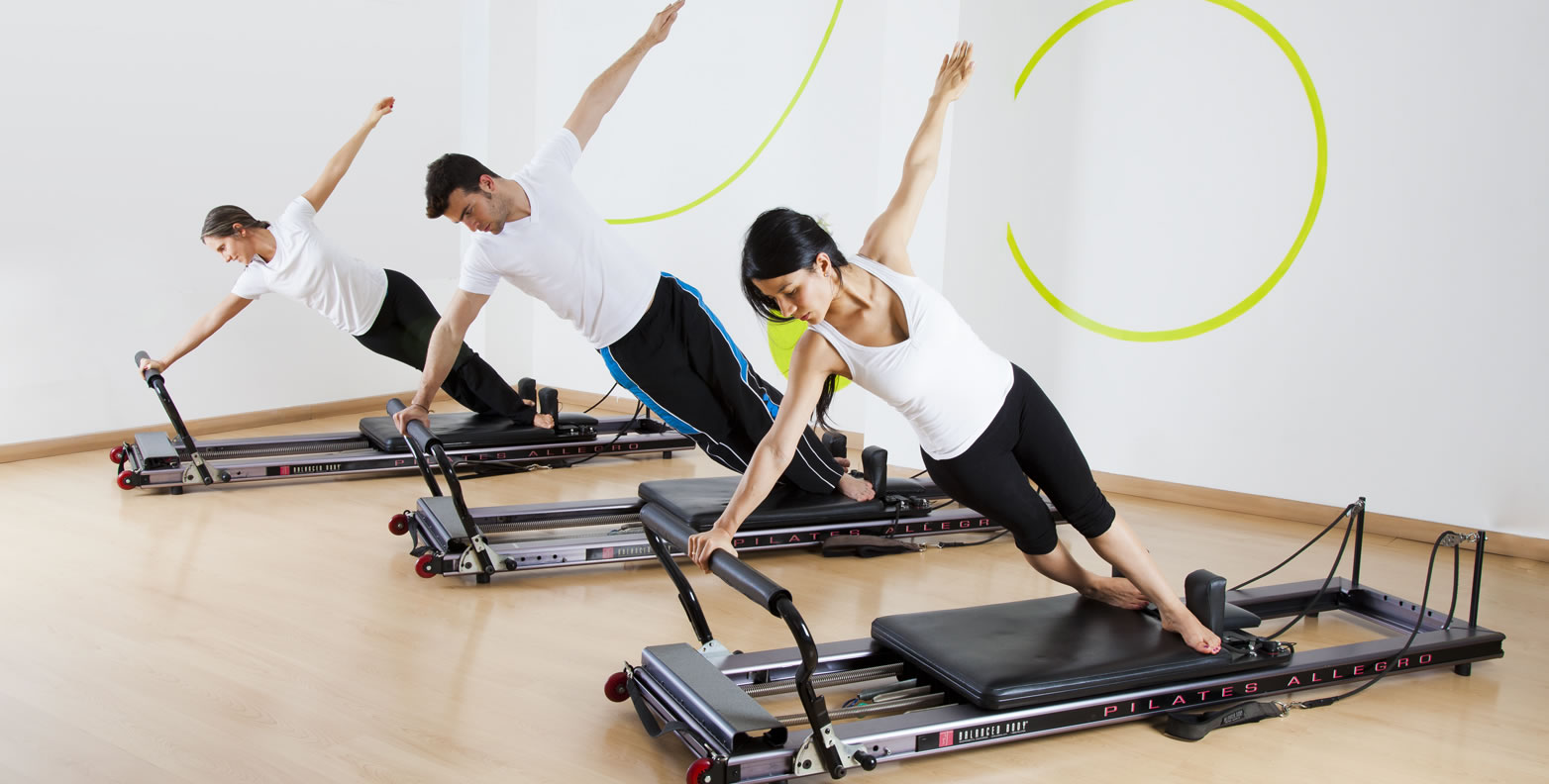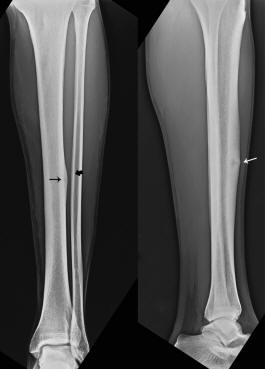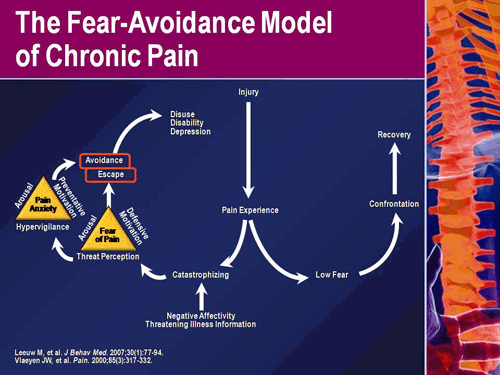Tennis Elbow Exercises
Tennis Elbow Exercises (Lateral Epiconditis)
In the past month we have seen a lot of Tennis Elbow cases, more than we would normally see. The cause of each case is slightly different but they all involved a sudden increase in work and load through the hand and arms. One client had an increase in workload lifting and moving stock around the warehouse. Similarly another client had to work longer hours through the recent storms, while the latest client decided to paint two rooms over two days, all ending you with Tennis Elbow.
The 4th case of Tennis Elbow actually originated in her Neck and Shoulder which was causing nerve impingement affecting the muscle further down her arm.
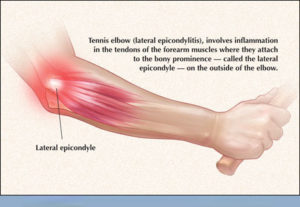
We have put together 3 short videos of Tennis Elbow Exercises to help with true Tennis Elbow i.e. inflamed forearm Extensors. Tennis Elbow is characterised with outside elbow pain which is aggravated when you need to grab an item or pick something up which causes an increase in elbow pain. The Forearm extensor muscles are tight causing a pull at the muscle attachment point on the outside of the elbow.
Tennis Elbow Exercise Progression:
Video 1: Isometric Exercises
These are a low level pain Tennis Elbow exercises whereby you are tensioning the Extensor muscles without causing it to lengthen or shorten. This exercise encourages blood flow into the tendon which is imperative to help reduce the inflammation.
[embedyt] https://www.youtube.com/watch?v=kLQ8kD04IVc[/embedyt]
Video 2: Eccentric Exercise:
As the pain starts to subside you can commence Eccentric Tennis Elbow exercises, this is where we place the muscle under tension while slowly lengthening it. This is getting the muscle prepared for that movement while strengthening the Extensor muscle group.
[embedyt] https://www.youtube.com/watch?v=vfSokhSEgBQ[/embedyt]
Video 3: The final Tennis Elbow exercise in strengthening the Forearm Extensors and getting them prepared for twisting and grabbing actions we require them to do. You can use a broom handle or hammer for this exercise holding them heavy end up and building the strength over time.
[embedyt] https://www.youtube.com/watch?v=Fpqr_SxAXB8[/embedyt]
If you do not have any success with these Tennis Elbow exercises you may have another issue causing your Tennis Elbow so we suggest visiting a Therapist for further investigation.
Please contact us if you need any further assistance or wish to make an appointment.
andy@serviceyourbody.ie
Reformer Pilates Lucan
New To Lucan!! ServiceYourBody.ie are the first to bring Reformer Pilates Lucan and have introduced 12 New Reformer Pilates Classes to their weekly Pilates Timetable.
These classes introduce the use of the high tech Reformer machines which help achieve much quicker results to your core and overall body strength.
ServiceYourBody.ie have added 6 New Allegro Reformer machines to their studio. These classes are suitable for complete beginners to advanced.
[embedyt] https://www.youtube.com/watch?v=stsLCcG_jwY[/embedyt]
Why Reformer Pilates?
Endorsed by Doctors, Physio & Physical Therapists, Professional & Amateur athletes around the world, Pilates is excellent for the rehabilitation of injuries, relieving chronic pain, improving sports performance and health & fitness.
Some of the Benefits of Reformer Pilates…
• A refreshing mind-body workout
In Reformer Pilates the quality of movement is valued over quantity of repetitions. Proper breathing is essential, and helps you execute movements while helping to reduce stress.
• Develop a strong core - flat abdominal muscles and a strong back
Reformer Pilates exercises develop a strong core, while integrating the trunk, pelvis and shoulders, to provide a full body workout.
• Gain long, lean muscles and flexibility
Reformer Pilates both strengthens muscles, while improving muscle elasticity and joint mobility. A body with balanced strength and flexibility is less likely to be injured.
• Create an evenly conditioned body, improve sports performance, and prevent injuries
Reformer Pilates Lucan machines work your entire body so it is evenly balanced and conditioned, helping you develop better performance and less chance of injury.
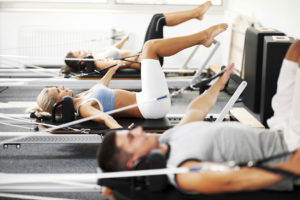
Reformer Pilates Lucan is an extremely flexible system with a range of difficulty tailored from beginner to advanced classes.
Start the workout that best suits you now at ServiceYourBody.ie and increase the intensity as your body conditioning improves.
Reformer Pilates Lucan
We are delighted to announce that after months of planning we are bring Reformer Pilates Lucan to our studio in Lucan village.
Reformer Pilates Lucan is the next step in your Pilates journey. Reformer classes offer you a great way to build on the strength and flexibility you have developed in your Mat classes. Combining Mat and Reformer classes is considered the best way to become a Pilates Guru.
The Reformer machines work by having a number of resistance springs, pullies and a moving platform, these combine to give you an excellent workout in a safe controlled environment. We do all the usual Pilates moves and many more with the resistance springs giving you a strong workout.
As always all classes are guided by an instructor to ensure you are getting the best class experience. Reformer classes are suitable for all ages and levels.
[embedyt] http://www.youtube.com/watch?v=8CwXGG6C9Hw[/embedyt][embedyt]
If you have never tried a reformer you are in for a great class, the Reformer can look intimidating but honestly it is not as scary as it looks. You can become very proficient on the Reformer after a couple of sessions and as soon as you do just watch your strength and coordination improve further.
Booking Your Class:
We are introducing 6 Reformer Machines, so Reformer classes will be restricted to 6 people.
Therefore we will be insisting that people book online to secure your place in a class and the usual T&C's apply for late cancellations or no shows.
Similarly, due to space within the studio Mat classes will be restricted to Max 10 people and this will be on a first come first served basis or again we recommend you book online to be assured of your place in the class.
Classes can also be booked through the Mindbody App or our live booking system via the BOOK CLASS tab on our website serviceyourbody.ie
The Mindbody app is available on the usual platforms, when downloaded you can search ServiceYourBody.ie and book your classes in advance with the piece of mind you have your place reserved. www.mindbodyonline.com/get-the-app
You can access all of our class passes and special offers and purchase them through the app. Contact us if you have any questions about the app.
New Class Timetable:
Below is our New Body Maintenance Pilates Class Timetable coming into effect w/c Monday 18th September. We are introducing a range of Beginner and Intermediate classes to help introduce you to and improve on the Reformer. We will be starting the Reformer classes and introducing the new timetable from w/c Monday 18th September.
The timetable is a mix of Mat & Reformer classes, we have tried to maintain a good balance of both classes, maintaining our more popular Mat classes and providing plenty of opportunity to do Reformer classes. We are also introducing some extra morning and weekend classes.
New Pricing Structure and Offers:
In addition to the new timetable we are introducing a new pricing structure and class pass offerings. You may be wondering why the Reformer classes are a little more expensive than our Mat classes, this is due to the fact that they are smaller classes and you are benefiting from a reduced teacher pupil ratio.
Below are the new prices for our Mat & Reformer classes effective from Monday 18th September. There are different types of passes including Combo passes which give you the opportunity to mix Mat & Reformer classes.
Healthy Body Workshop Series
Healthy Body Workshop Series
We are running a Healthy Body Workshop Series starting next Saturday with our:
#1 Healthy Back Workshop - Understanding Low Back Pain.
#2 Neck & Shoulder Series - Relationship between neck and Shoulder Pain
#3 Hip & Knee Pain - Keeping them strong
#4 Pelvic Floor Muscles: Why you should strengthen them
Check out the details of the upcoming workshops below.
Email andy@serviceyourbody.ie if you would like to attend any of the upcoming Healthy Body Workshop Series.
FREE Full Body Check Up!
Do You Experience Pain?
Do You want to be Pain Free?
Are you in Pain.... would you like to understand your pain and how to be Pain Free.
Contact us to book a FREE no obligation "Full Body Check Up"
Your "Full Body Check Up" is a 20 min assessment were we assess your injury, movement, breathing and strength. During your assessment we will discuss how you use your body each day.
Following your assessment we will also discuss how you can become Pain Free.
At ServiceYourBody.ie Physical Therapy clinic we work with our clients on educating them about their injury and pain, how they can become pain free through movement and developing strength.
Email us to book your FREE no obligation "Full Body Check Up"
andy@serviceyourbody.ie
serviceyourbody.ie
[embedyt] http://www.youtube.com/watch?v=om_nyiCHmgo[/embedyt]
Return to Running after a Tibial Stress Fracture
Return to Running after a Stress Fracture:
The initial stage when treating a Tibial stress fracture is a cessation of weight bearing activity, followed by a gradual return to running after a tibial stress fracture has healed. It is important to return to running on a gradual basis, the pace to which you return to running depends on a number of variables; age, initial injury, past injuries etc.
We have taken a look at a piece of research published in 2015 that looked a 15 different research articles to assess what is the best evidence-based guideline and treatment plan to treat a tibial stress fractures and suggested protocol to return to running after a tibial stress fracture.
The published article can be found here, we have put together some of the main points of the article and made some short videos of the type of exercises they mention as part of the overall treatment plan and have shown to be most effective.
Overuse injuries and Stress Fractures in Runners:
In general, most overuse injuries occur in the lower extremities in runners and this is due to repetitive tissue stress. Edwards et al2 estimate that 26% of recreational and 65% of competitive runners will sustain some form of overuse injury in any given year. In addition to this a higher incidence of injury has occurred in runners with previous lower extremity injuries.
Of these injuries stress fractures account for 15% to 20% of overuse injuries in runners. A stress fracture is a mechanical failure of the bone, in which repetitive loading of the bone, with inadequate recovery and rest, resulting in the bone being unable to repair itself between exercise sessions.
There are additional factors that can contribute to the development of stress fractures:
- increase in training intensity and weekly high mileage (60K per week)
- running on hard surfaces
- inappropriate footwear
- poor bio-mechanics
The tibia is reported to be the most common site of stress fracture occurrence, accounting for 35% to 56% of all stress fracture injuries. Tibial stress fractures in runners are most commonly located in the lower half of the shaft of the tibia.
Research suggests that improper training programmes are a key extrinsic factor in the occurrence of stress fractures. A study by Matheson et al8 states approximately 30% of athletes who had stress fractures incurred the injury within 12 weeks of a change in training regimen e.g. training for a marathon.
Similarly, poor running mechanics are common intrinsic factors contributing to stress fracture. Females are more likely to develop stress fractures, this may be due to lower bone density as compared to males.
Treatment of Tibial Stress Fracture:
Once you have been diagnosed with a Tibial stress fracture it is important to cease all weight bearing activity, you may be required to have an MRI to diagnose the extent of the injury. If the injury is significant you may need to spend a number of weeks on a soft boot (6-8 weeks) to immobilise the foot and ankle to reduce further stress on the tibia.
The proposed treatment plan is not a “One size fits all” and we recommend you attend your doctor or therapist in advance of starting any treatment plan. The following treatment plan starts from the time the stress fracture is diagnosed and these exercises can be started straight away.
Phase I: Rest 3 – 10 days (depending on extent of injury)
During this phase the athlete is NWB until they are pain free at rest and cleared to weight bear by a doctor. The focus of phase I is on education, pain management, assessing muscular imbalances, strengthening and stretching.
- Non-weight bearing exercises only, until walking is pain free
- Control pain and swelling through Rest, Ice and Elevation of leg
- Progress to Phase II when walking ½ mile is pain free
Phase I: Exercises
- Clams and Shoulder Bridges to strengthen hips
- Bird Dog quadruped to maintain core strength
- Stretch Hamstring and Calf
Exercise Video: [embedyt] http://www.youtube.com/watch?v=KgYhug18DpA[/embedyt]
Phase II: Cross-training 4 – 7 weeks (Cleared for Weight Bearing Activity)
The focus of this phase is to progress strengthening exercises and introduce cross-training as tolerated.
- Begin to introduce high impact activity
- Remain pain-free through-out plan
- Complete 10 minutes of pain free light jogging before final phase of the protocol.
Phase II: Exercises
- Stretch Hamstring and Calf in standing
- Heel raises
- Plank & Side Plank
- Side stepping with band
- Shoulder bridge progressions
- Lunges
Exercise Video:[embedyt] http://www.youtube.com/watch?v=yFtsEokbHIo[/embedyt]
In addition to above exercises athlete should be working up to 30 minutes of pain free low Impact cardio: such as Swimming, Water Walking, Walking , Cross trainer or Cycling. The athlete should also be maintaining upper body strength in conjunction with lower body strength exercises. Cardio and strength exercise should be alternated every other day.
Athlete should not start jogging until at least week 3 of this phase, if any pain then athlete must regress back a week in their training. Research suggests that one full cycle of bone healing will take 16 to 24 days (about 3 weeks), and that extra care should be taken during the last 6 to 10 days of this cycle to avoid overstressing the new deposition
Phase III: Return to Running: 4 weeks
There was no specific evidence-based return to running protocol found, however research does suggest that when an athlete is returning to running after a stress fracture they must make adjustments to running speed and stride length. Increasing athletes running cadence allows for the reduction of stride length and impact forces, without effecting speed. With this in mind an athlete can be working up their speed over a 4 week cycle.
The first couple of weeks of this phase are about increasing high impact activity and introducing different running surfaces while building in sport specific exercise.
Phase III: Exercises
- Forward Hops
- Bounding
- Step Hops
- High Knees
- Marching drills
Exercise Video: [embedyt] http://www.youtube.com/watch?v=VIqxwawZgOU[/embedyt]
The 10% Rule is a well recognised way of increasing training load among runners, however there was no evidence-based research found for using the 10% rule.
Similarly, at Serviceyourbody.ie we like to use a Walk/Run progression with our athletes, this also is not validated or tested but we do find it is a good way to regulate an athletes return to their normal running levels.
Walk/Run program:
Day 1: 2min Walk & 2min Jog = 4 mins x 6 sets = 24 mins
Day 2: Rest: Access if any pain from day 1, no pain and progress to day 3
Day 3: 1:45min Walk & 2:15min Jog = 4 mins x 6 sets = 24 min
Day 4: Rest: Access if any pain from day 3, no pain and progress to day 5
Day 5: 1:30min Walk & 2:30 Jog = 4 mins x 6 sets = 24 min
Day 6: Rest: Access if any pain from day 3, no pain and progress to day 7
Day 7: 1:15min Walk & 2:45 Jog = 4 mins x 6 sets = 24 min
Continue above program of reducing Walk slot by 15 secs and add to Run slot until you are running nonstop 24 mins, pain free. If you have pain after a walk/run day, regress to previous level and remain at that level until pain free. Use this protocol and monitor your pain as an indicator to progress.
When an athlete gets to 24 minutes running pain free they should continue to increase their run time gradually for a further 2 – 4 weeks as they get back to their normal level of trainin
Please contact us if you are recovering from a Stress fracture and need additional information.
Part Time Therapist with Pilates Instructor Experience
Part Time Therapist with Pilates Instructor Experience
ServiceYourBody.ie Physical Therapy is recruiting a Therapist and Pilates Instructor for our West Dublin clinic.
Job Opportunity.
Part Time Therapist with Pilates Instructor Experience
Serviceyourbody.ie has an opportunity for a qualified therapist (Chartered Physiotherapists/ Physical Therapist) to work as part of the team. The therapist will also be a qualified Pilates Instructor, the position will be a mix of treatments and implementing a number of classes weekly.
The successful candidate with demonstrate the following skills
- Passion for helping people achieve their goals
- Passion for Pilates and working with people
- Be a team player
- Be willing to continuously learn and evolve with the industry
- Be client focused
- Be willing to work industry hours including early mornings, evenings and weekends
The position will be part time initially with an opportunity to work full time.
Please send in a copy of your CV along with a cover letter to andy@serviceyourbody.ie
Closing date for application is the 16th December 2016
Part Time Pilates Instructor – Pilates Teacher
Part Time Pilates Instructor – Pilates Teacher
Location: ServiceYourBody.ie Physical Therapy Clinic, Lucan Village, West Dublin (This position would suit somebody living locally or close to the M50).
Times – Days: Morning and Evening Mat Pilates Classes minimum 5 classes a week
The objective is to develop Reformer Classes / Pre - Post Natal Classes
Start: January 2017
Skills Required:
- Ability to teach safe and varied Fitness/Pilates classes
(up to Mixed or Intermediate level) - Ability to teach toning/conditioning class
- Knowledgeable of the various Pilates principles and movements
- Good communication skills
- Reliable and able to work on own initiative
Qualifications required:
- Fitness Instructor Qualification NCEF, NTC or equivalent
- Pilates Qualification e.g. Pilates Institute, Body Balance, STOTT Pilates, NTC
- Up-to-date First Aid Qualification
Other Requirements:
- Indemnity Insurance
Experience would be an advantage but not essential.
Benefits:
- Working as part of a small team within a pleasant work environment.
Please apply by email with cover letter and CV: andy@serviceyourbody.ie
Understanding Your Pain
At Serviceyourbody.ie Physical Therapy the vast majority of our clients come to us in pain, either acute or chronic pain. Understanding your pain is a key area we focus on when helping clients to manage injury and pain.
The Fear Avoidance model above was introduced by Lethem et al. in 1983, explains how people can develop chronic pain from musculoskeletal injuries. What starts out as a minor injury e.g. Back pain, can develop into more chronic pain through fear and avoidance of activity. This fear and avoidance thought process can feed into pain, until a person becomes paranoid to move and the pain becomes all consuming everyday.
Obviously at the early stage of an injury it is important not to over stress an injured site while rehabbing the area and preparing the area for a return to work or sport.
The Fear Avoidance model talks about how a person, when injured starts to have anxiety about the cause of the injury, missing work or training, fear of re-injury or they go to a doctor or specialist who tells them their injury is very serious.
This fear and avoidance thought process can develop into a vicious cycle of doing less activity, visiting different doctors and therapist looking for different solutions to the pain. So in the example of a client with back pain, they might stop their weight training classes, stop picking up the kids or carrying shopping, for fear they might re injury their back. We always hear people say "I have a weak back" or an "I have an old back injury so I cant exercise much", it is important to remember damaged tissues in the body heal within 6 - 8 weeks.
During the course of the injury the brain has been programmed to look for these pain signals from the back, in this case the nerves in the back can be hypersensitive and even thinking about a set of dumbbells can trigger these pain signals. These signals are not actually pain, they are warning signals sent to the brain. The brain then decides if it should transmit these signals into pain or not... so yes technically the pain is in your head. In the case of chronic pain, the brain is programmed to transmit these signals into pain.
The process of understanding your pain and managing it, starts by trying to reduce these warning signals to the brain and change how the brain interprets these signals, at Serviceyourbody.ie we see movement as the best way to do this.
At Serviceyourbody.ie we educate clients on the importance of finding a baseline for your pain and movement, then starting at this base line and building on the simple movement that causes little or no pain. Then we build from this point by slowly introducing new ways to move e.g. starting movements on the ground, progressing onto the knees and then into standing.
As the body learns to move differently and warning signals lessen, the brain stops looking for these warning signals, so you may eventually get to a stage were movement is now pain free or modify your movement so as it is pain free.
This process can take some work and time, and we feel it is important to educate clients to understand their pain, do their research (not on Dr Google) and learn to control their thoughts around their pain.
If you would like to learn more about understanding your pain, please contact us for an appointment.
Injury Prevention Lucan
Injury Prevention Lucan
There are a couple of areas that need to be addressed when you are training for an endurance event and want to ensure Injury Prevention across a number of disciplines e.g. Triathlons / Adventure Races / Marathons.
The topics below should give a good overview to help assist in the reduction of developing injuries while training.
- Warm up & Cool Down
- Foam Rolling
- Core Strengthening
- Training Tip
- Recovery Strategies
- Common Training Mistakes & Injuries
- Injury Management
Warm Up
- Allow 10 – 15 minutes warm up
- Include elements of the discipline you are training for e.g. Jogging, Strides, Jumping Jacks, Dynamic drills
- A good warm up prepares the body for the training session
- Move muscles & joints through full range of motion
- Get the blood pumping throughout the body, build your warm up slowly
- A good warm up help prevents any acute injuries
Cool Down
- Walk/jog for 5-10 minutes – keep moving at a slower pace
- Perform static stretches hold for 15 seconds x 2-3 reps
- Static Stretching increases muscle length
- Foam Rolling after your session helps reduce trigger points and increase muscle tightness
- A good warm down helps recovery and prepares muscles & joints for increased training volumes
‘Foam Rolling’
- While it can be sore form rolling is a great to self-massage/release tight muscles and keep the supple after training.
- Roll along the entire length of the muscle 10 times
- Stop on trigger points and pulse over them 10 times
- Spend 1-2 minutes on each muscle
- Foam roller can be used on legs / back as shown on video below.
https://youtu.be/WOMYD6pNXd4
Core Strengthening
- Your "core" refers to the muscle of your Pelvic floor / Back / Abs and Hips
- Core muscles work to support the spine and pelvis helping to maintain good posture during daily and training activity.
- A strong core leads to more efficient performance and reduces the energy required when training making you more efficent
- Perform core work on rest days or build in a Pilates class on easy training days.
- Below are some links to short videos to target Hips & Glutes, Low back and Shoulders.
- Your focus should be on quality more than quantity
https://youtu.be/bVclkqDuR_A
https://youtu.be/8Q_Oql-NEos
https://youtu.be/gE3zs3EYvS0
Training Tips
- Wear suitable training gear and weather appropriate
- Don’t just focus on cardio, work on technique and technical skills of disciplines.
- Build in rest days - weekly and easy weeks - monthly, these allow the body recover then increase volume monthly.
- Vary your training daily between disciplines.
- Build in core / strength / resistance training into your schedule.
- Rest when tired.
Recovery Strategies
- Always perform a cool down
- ‘Foam Roll’ regularly
- Have regular massages to aid recovery & loosen tight muscles, i.e. 4-6 weeks serviceyourbody.ie
Common Training Injuries & Mistakes
- Acute sprains, Fall and Trips
- Overuse Training can lead to overuse injuries
- To many intense sessions per week, i.e. 1 or 2 max per week
- Not enough rest or recovery
- Ignoring pain, training through pain
- Not doing strength and resistance work
- Not stretching or doing a cool down
Managing Injuries
Acute Injuries - P.R.I.C.E Protocol
P: Protection is meant to prevent further injury, avoid weight-bearing, partially immobilising the injured area.
R: Rest is important to allow for healing, as well as “relative rest” that allows for healing, such as gentle, pain-free, range-of-motion and basic movements of the joints and muscles around an injury.
I: Ice refers to the use of cold treatments to treat acute injuries. 2 mins on the injured site / 2 mins off the injured site, repeat for 20 minutes, break for 20 mins and repeat.
C: Compression is the use of a compression wrap, such as an elastic bandage, to apply an external force to the injured tissue. This compression minimizes swelling and provides mild support.
E: Elevation of the injured site is recommended, it is best to have the injured site above the heart e.g. for ankle injury lie down and place ankle on a pillow so it is higher than the heart.
Do not train through pain when:
- it is sore enough to prevent you training and you have to stop mid session
- if the pain last more than a week
- if you can not train the following day
If you are suffering from on going from exercise call us for an appointment and assessment:
serviceyourbody.ie 086 8318931


